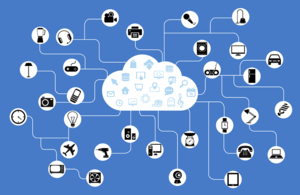You might think that all Internet service providers are created equal, and that any one you choose will be able to give you the same service, at a price which is more or less comparable with the going rates in your geographic area. Not so. There can be a pretty broad range of differences between Internet Service Providers (ISP’s), in terms of the speeds they can offer, the price range for those speeds, and the kind of support you get from them.
To some extent, the best provider for you will depend on what you access the Internet for, e.g. whether you do frequent downloads, video communications, viewing movies or programs online, etc. In some cases, your phone provider might be your best bet as your ISP, because they can offer you a bundled service which might include Internet, phone, and cable service. The different types of Internet connections are described below to help you make the best choice for your needs.
Types of Internet service
Satellite service may be the only option available to you if you happen to live in a remote area, since other systems will not have been developed yet. If it’s your only choice, it becomes a no-brainer, but satellite service does not have the kind of speed that other service types can achieve, commonly offering less than 20 mps (megabits-per-second) speed.
Slightly faster than that is a Digital Subscriber Line (DSL), which is delivered to your home via existing phone lines, and can achieve speeds of up to 25 mps. Your own actual speed will be determined by how far removed you are from the ISP itself, because distance is a major factor in its overall performance. For the most part, DSL will probably be the least expensive service type in your area, so if economy is important to you, this may be the way to go.
Cable Internet service can be much faster than DSL, reaching speeds approaching 100 mps, but that speed may not always be available to you. Since cable service is delivered over shared lines, the peak usage hours in your area may cause your service to be degraded significantly. If you primarily use Internet service in the evening for instance, you will likely be competing with many other users in your neighborhood for bandwidth.
Fiber optic service is probably the ‘cream of the crop’ service, because its ultra-broadband capacity allows it to provide service at speeds of up to 500 mps or greater. The drawback to FiOS might be that it’s simply not available in your area yet, although coverage is spreading rapidly around the U.S. and Canada. Surprisingly, the cost for FiOS service is not usually much higher than the other connection types.
Making a choice
If you have the luxury of several possible Internet connection types, you might want to simply choose the company which you have come to trust for all your communications needs. Just like all the telephony services it offers, VoxSun Telecom provides reliable high-speed Internet service at prices favorable to businesses and residential users.



